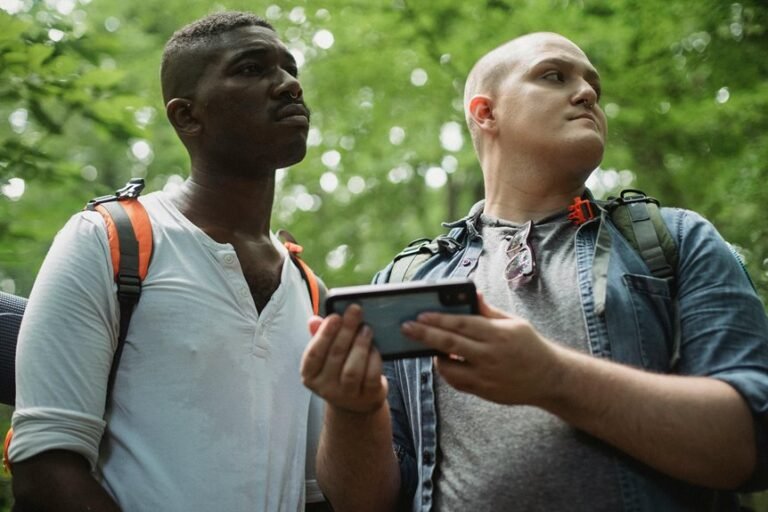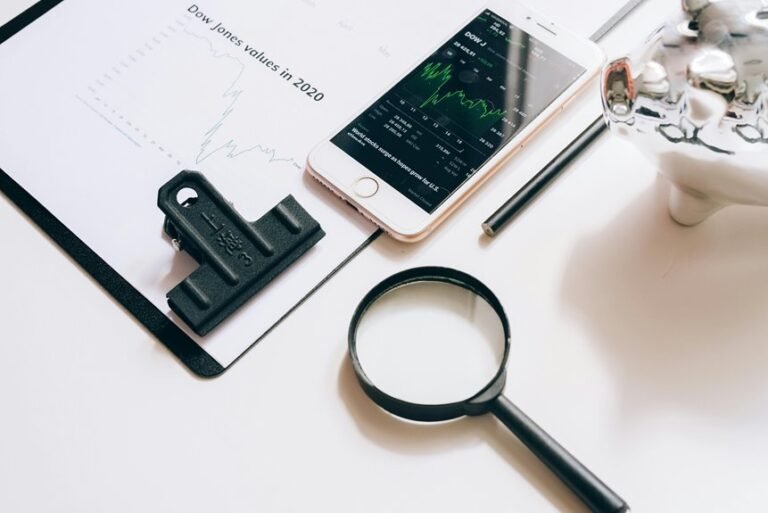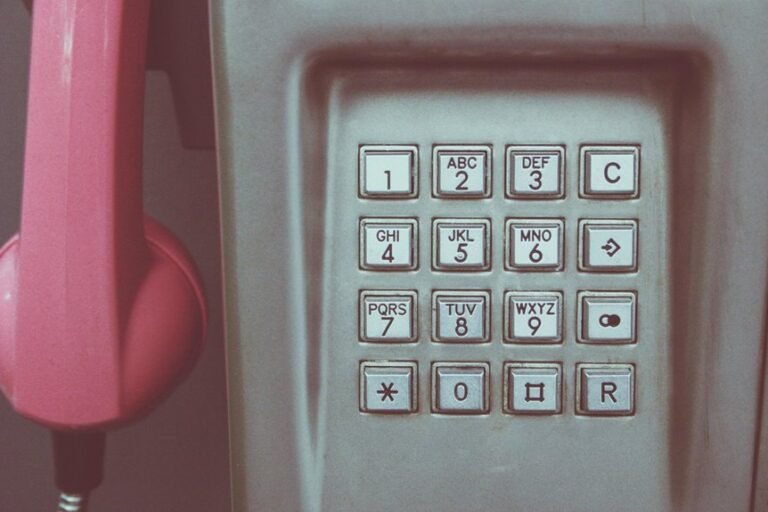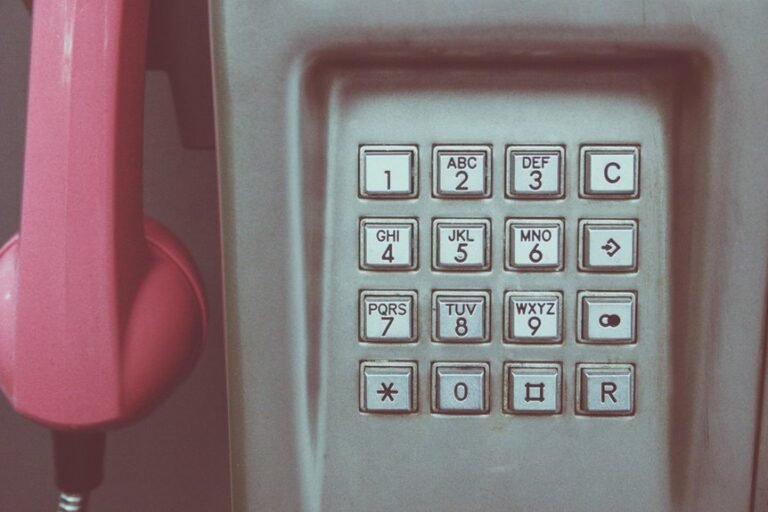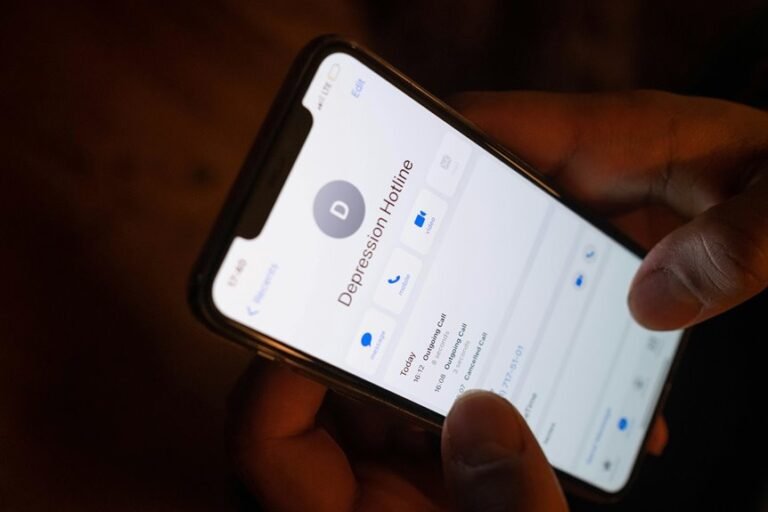Who Called Me From 3023341002, 3024926716, 3032423254, 3032555348, 3054922194, and 3062060161? Verify Now
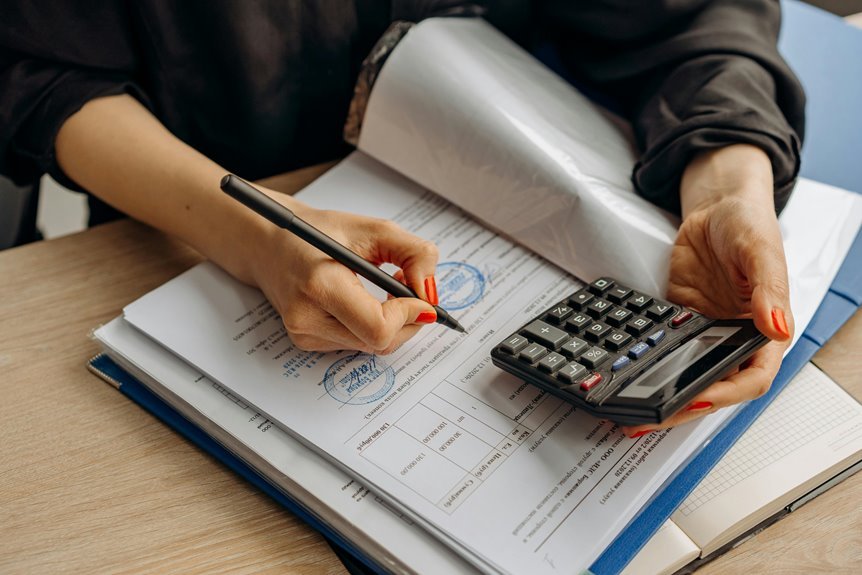
Numerous individuals have recently reported receiving calls from several unknown numbers, including 3023341002, 3024926716, 3032423254, 3032555348, 3054922194, and 3062060161. These calls raise concerns about their origins and intentions. Understanding the identity behind these numbers is crucial for personal safety and privacy. Investigating the nature of these calls may reveal patterns or warnings. The implications of these findings could be significant, prompting further exploration into potential threats.
Understanding Unknown Callers: The Basics
How does one define the phenomenon of unknown callers in the modern telecommunications landscape?
This issue arises from various caller identification methods, which often fail to reveal the true identity of the caller.
Unknown number concerns stem from the prevalence of spam and phishing attempts, creating a landscape where privacy and security are paramount.
Users seek solutions to navigate these complexities effectively.
How to Identify the Caller Behind These Numbers
Determining the identity of unknown callers in today’s complex telecommunications environment presents significant challenges.
Individuals seeking to verify unknown numbers can utilize various caller identification methods, including reverse phone lookup services.
These tools can provide valuable insights into the caller’s identity, location, and associated details, empowering users to make informed decisions regarding potential interactions and ensuring greater control over their communication landscape.
Tips for Protecting Yourself From Scammers
As the prevalence of phone scams continues to rise, individuals must adopt proactive measures to safeguard themselves from potential fraud.
Enhancing scam awareness through regular education and utilizing caller verification tools can significantly mitigate risks.
Individuals should remain skeptical of unsolicited calls, verify the caller’s identity, and report suspicious numbers to appropriate authorities, fostering a community that prioritizes security and informed decision-making.
Conclusion
In the digital age, receiving calls from unknown numbers can feel like navigating a minefield, where one misstep could lead to unwanted consequences. For instance, a recent study found that nearly 60% of phone scams originate from seemingly legitimate numbers. Just as a seasoned hiker uses a map and compass to avoid danger, individuals should utilize caller identification tools and stay informed to safeguard their privacy. Vigilance and awareness are essential in this landscape of potential threats.
